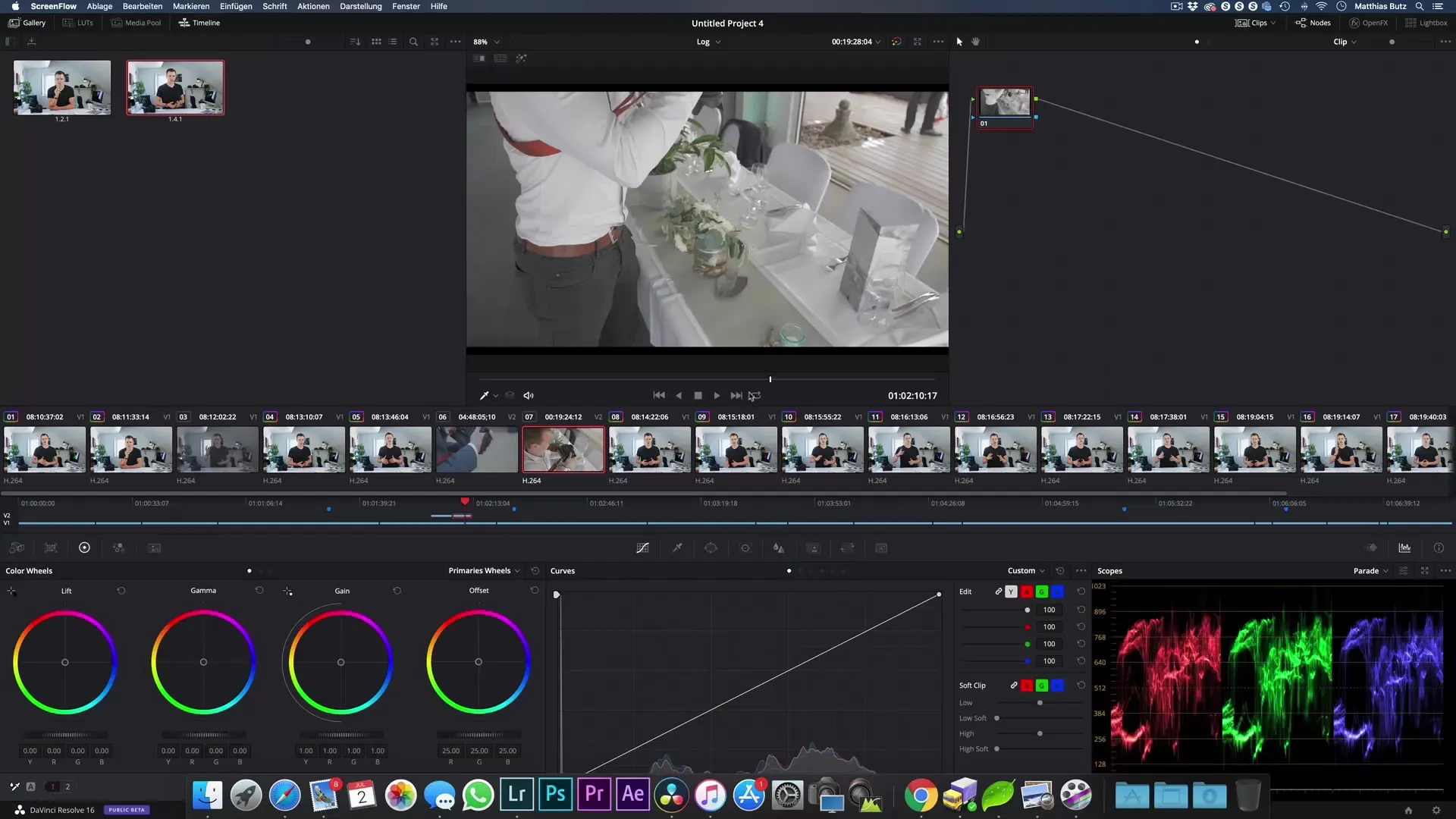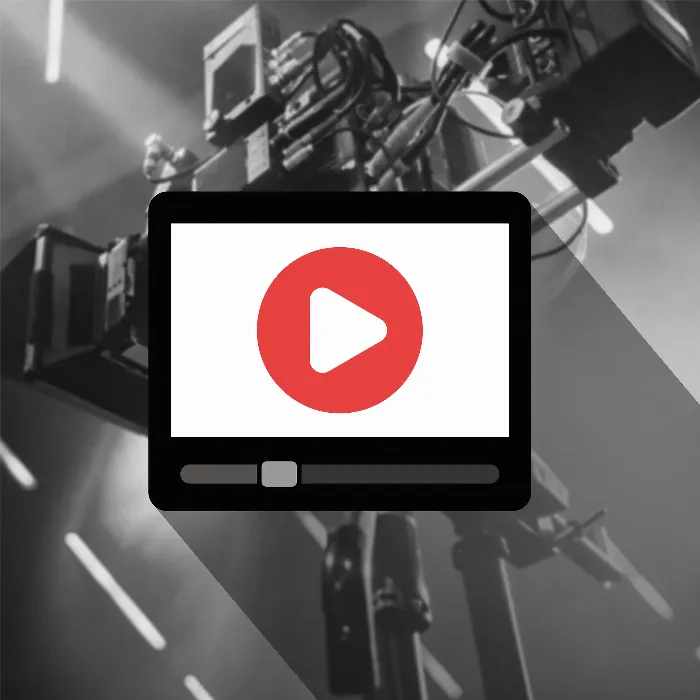When it comes to filming in LOG, many considerations and strategies are necessary to get the best out of this technology. LOG (Logarithmic Gamma) has become increasingly important in videography, as it opens up extended possibilities for post-production. But when is it actually worth filming in LOG? In the following guide, you will find out in which situations LOG can be advantageous, what disadvantages it has and how you can achieve the best results.
Key findings
- LOG films images with a flat color spectrum, ideal for post-processing.
- It is not suitable for every situation, especially for simpler videos.
- Using Picture Profiles can provide better control and clarity.
- LOG requires post-processing, which takes additional time and knowledge.
What is LOG and how does it work?
LOG is a color profile offered by various camera manufacturers, such as S-Log from Sony or V-Log from Panasonic. The basic principle is that the image is captured with a higher dynamic range, which means that bright and dark areas are better preserved. This enables more precise control over contrasts and colors during post-processing.

This makes LOG particularly valuable for high contrast environments where it is important to preserve detail in both highlights and shadows. But how do you set the LOG profile correctly?
Switching the camera
First you need to activate your camera's LOG profile. You can usually view the various color profiles in your camera's settings. Select the LOG profile that suits your camera. When using the LOG profile, you will notice that the image quality on the screen looks strange and flat.
This can be irritating at first, as the image is not very contrasty and therefore does not support the assessment of your exposure or colors. When using LOG, it is important to get used to this, as the flat image signals to you that you have more freedom in post-processing.
Areas of application for LOG
LOG is ideal for more professional productions or projects where you have enough time and resources available for post-production. If you are sure that you can and want to do the editing, LOG is worth considering. However, it can be a hindrance for simple setups or if you want to remain flexible on location.
In comparison, for well-lit sets where the lighting conditions are stable, LOG should be avoided in many cases. If you are working with beautifully lit cameras, a normal picture profile might be a better choice.
The advantages and challenges of LOG
The biggest advantage of the LOG format is the extended dynamic range you get without overexposing bright areas and underexposing dark areas. This gives your material a certain depth. However, be aware of the challenges that come with LOG.
The biggest hurdle is post-processing. Even though you have more control over the colors and contrast, it requires extensive knowledge of grading. Many beginners make the mistake of preparing logos with overexposed or color-imbalanced images, which can result in an unsatisfactory end product.
Grading and post-processing
Grading is a critical part of the workflow when filming in LOG. You need to adjust the brightness and contrast to achieve the best possible image quality. This means you need to be very deliberate with the brightness and color sliders.

A common recommendation is to drastically increase the contrast and adjust the saturation to generate a pleasing image. However, this requires experience and sensitivity.
Alternative: Picture Profiles
For many situational shots or if you are operating in a fast-paced work process, it can be more effective to film with a Picture Profile. These give you more control during filming and make it easier to judge whether the exposure is right.
You benefit from the combination of low contrast, low saturation and reduced sharpness because you have the option of sharpening the image in post-processing as well as achieving the desired look.
Conclusion
LOG can be a powerful feature that gives you many advantages in post-processing, but it's not always the best choice, especially if you're working in less budget-intensive situations. Using Picture Profiles can be a viable alternative that allows you to film easily while still providing enough options for post-processing.
Summary - LOG filming: strategies and considerations for video production
In this guide, you've learned when filming in LOG is really worthwhile, the challenges it presents and how you can maintain control over your video productions. It's up to you to decide what suits your project best.
Frequently asked questions
When should I use LOG?LOG is ideal for professional productions where sufficient post-production can be done.
Does LOG have disadvantages? Yes, many beginners can have difficulties with judging exposure and color, leading to sub-optimal results.
Is grading with LOG easy?no, grading requires experience and can be challenging, especially without sound techniques.
Can I use LOG in every situation?LOG is not the best choice for all production conditions, especially in stable or good lighting conditions.
What are Picture Profiles?Picture Profiles are settings that can give you more control over the image while shooting, without the extremely flat effects of LOG.


